Welcome to Midburbia: Meet the Londoners rejecting the suburbs in favour of staying close to the action
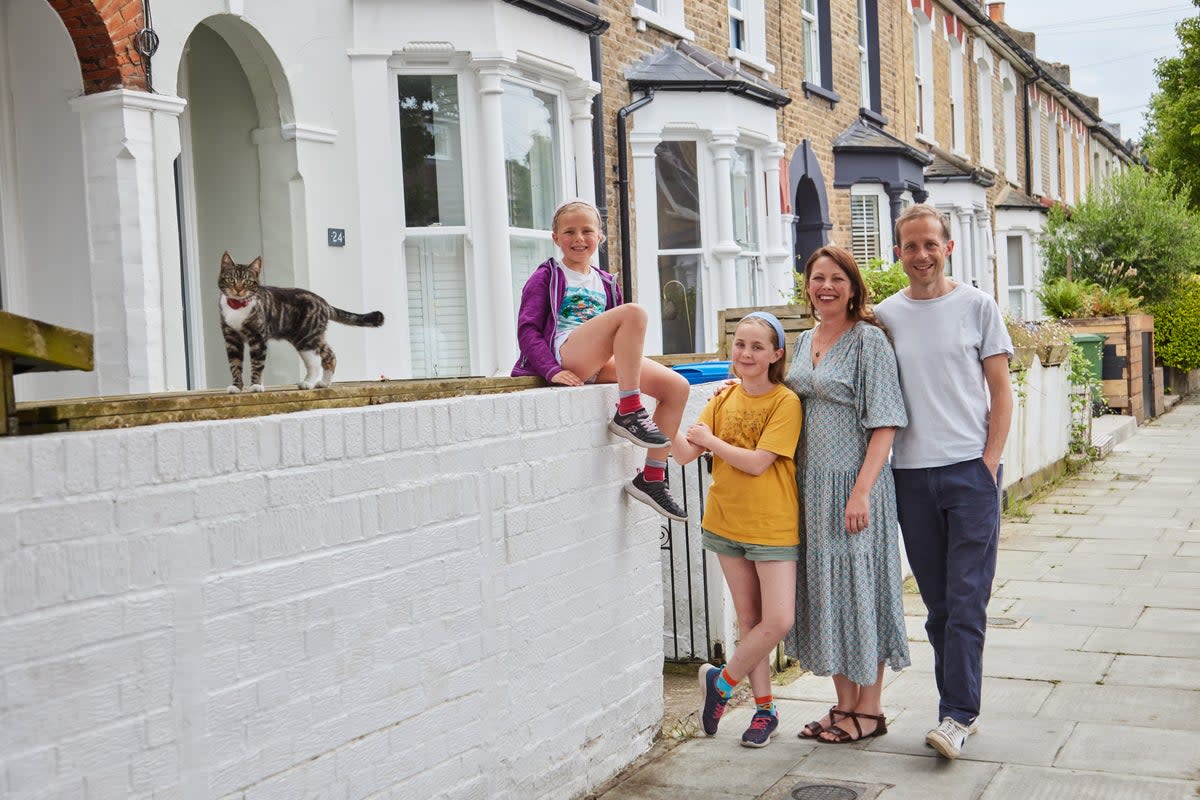
“I would define Midburbia as a step away from the traffic, noise, tourism and busy commuter Tubes of central London, while keeping easy access to all of its benefits,” says Loesje Macrory, 42.
The early years team leader works at a primary school and moved to Nunhead in 2016 with her husband, Sam, 43, a director of communications, and their two daughters, Anna, 10, and Sasja, eight.
“We lived in Camberwell before but after having our second child we wanted a bit of a garden and a house, rather than a flat, and to be off a busy main road,” says Macrory. “We also wanted cats for the children. Nunhead gave us many of the benefits of a suburban lifestyle but with access to London.”
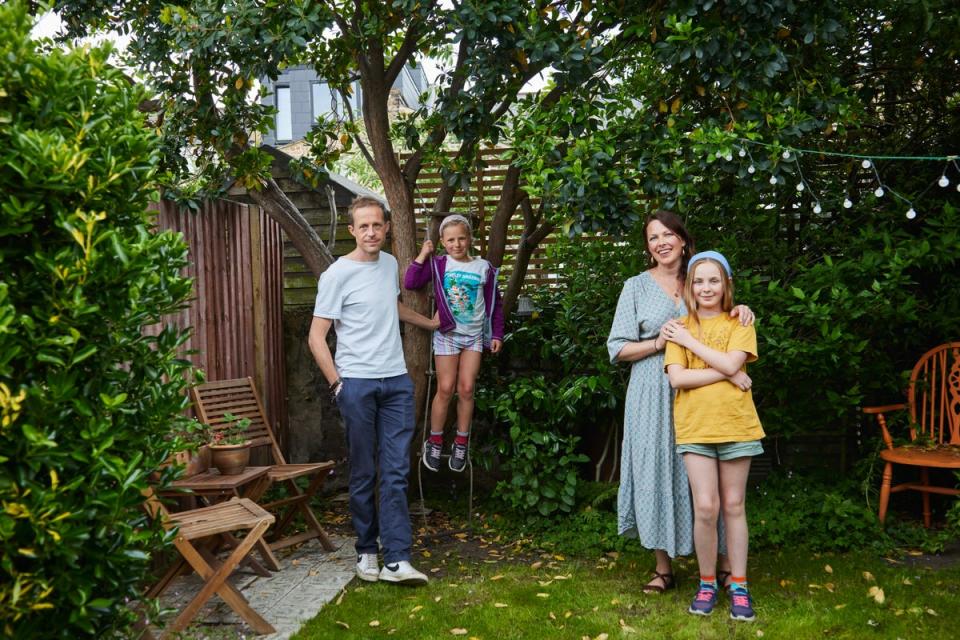
Midburbia comprises areas with their own pseudo-suburban bubble, that are a bit rough and ready, not yet fully gentrified or well-known but are close to trendier, hipster districts. They tend to have diverse communities, including creatives who want to settle down but are priced out of these adjacent areas.
While neither of them knew much about Nunhead before moving there, the Macrorys now live in a three-bedroom Victorian house and have grown to appreciate everything it has to offer.
“We have a couple of community-run pubs within walking distance.”
Loesje Macrory
“You can easily access London’s culture and colour. We are between Nunhead and Queens Road Peckham and the transport on the Overground is amazing, so I hardly ever use the Tube. I like the fact that we still don’t feel we need to own a car, which definitely wouldn’t be the case if we moved to the suburbs.”
Peckham is a five-minute walk away and has many amenities you’d associate with a hipster neighbourhood such as Peckham Levels, a multi-storey car park that has been converted into yoga studios, co-working spaces, rooftop bars and offers several vegan restaurants.
The family has also discovered that there’s plenty going on nearer home.
“We have a couple of community-run pubs within walking distance,” says Macrory. “We have a street party every summer, which is well attended by our neighbours, and includes one neighbour’s professional live band.”
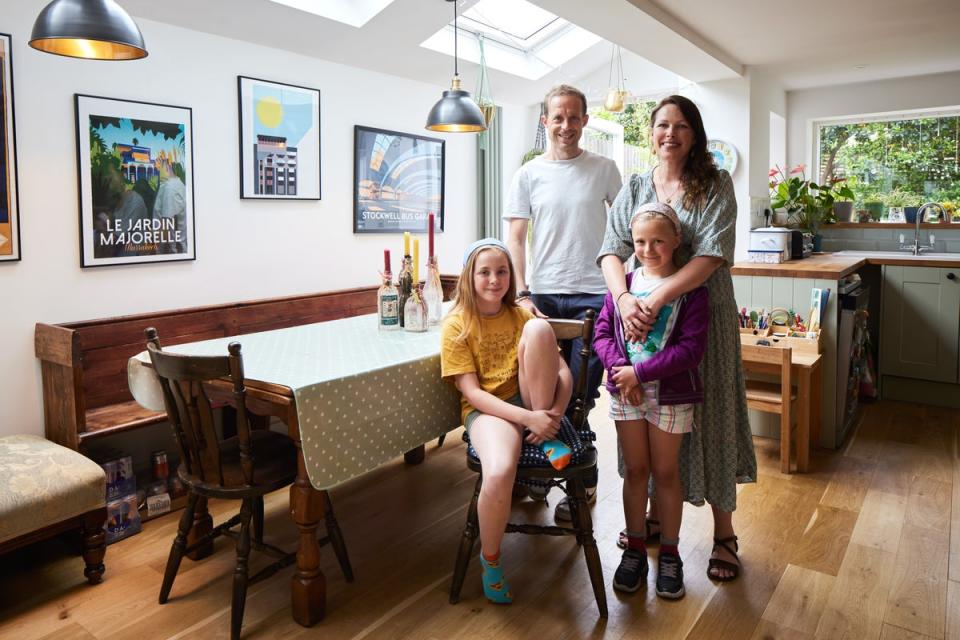
The high street also has its own family-run fishmonger, an independent grocery store and bakery, making shopping locally easy. There are also three good schools nearby. “A big benefit is not having to go far for good and varied cuisine, coffee, art and a rich offer of extra-curricular activities for our children.”
Nunhead is known for its diversity, and the Macrorys’ street includes people who have lived there 30 or 40 years, as well as young professionals moving for their expanding families.
“There’s a good mix of people, creatives and city workers. The parents of our children’s friends include artists, writers, teachers and civil servants.”
Loesje Macrory
Macrory even bumped into two of her school friends who live nearby, despite growing up in Hertfordshire. Three-bedroom houses in the area range from £750,000 to £1 million. “There’s a good mix of people, creatives and city workers. The parents of our children’s friends include artists, writers, teachers and civil servants.”
The area has a range of accommodation with houses, flats, studio flats and council houses, ensuring it doesn’t become exclusively accessible to those on particularly high incomes. For them, Nunhead is an intimate community in its own enclave, where people look out for each other and it feels safe.
Hamptons Research found certain parts of London have seen an influx of those working in creative industries, indicative of a Midburbia area.
“While across London as a whole the share of jobs in creative industries has risen by only 0.3 per cent over the course of the pandemic, some places have seen substantially faster growth rates,” says David Fell, lead analyst at Hamptons.
“Some of these have grown from a low base (Plumsted, Woolwich, Forest Gate, Tatem Park), while others like Bethnal Green and Nunhead have seen strong growth from an already high base. All of these places have avoided the price falls recorded across London as a whole.”
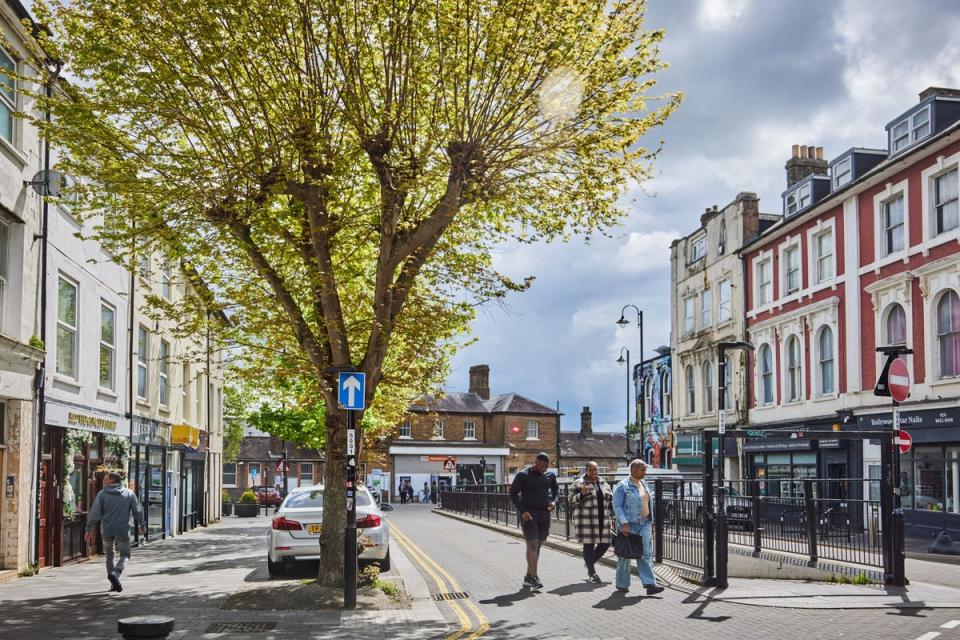
“I think the reason for places like Nunhead becoming more popular is because they have more to offer than their neighbouring locations,” says Harris Minhas of Dexters estate agency.
“These little pockets have the standard amenities alongside independent brands, events and young communities. Also, the property market is slightly more relaxed in Nunhead, which is another reason why it appeals to people. Rent is more affordable than other areas that are slightly more central and well known.”
Hamptons found that Nunhead has bucked the trend of falling house prices that has been seen in the capital this year.
While prices in London as a whole dropped by five per cent, Nunhead rose by two per cent, making the average property price £699,250. “In terms of Nunhead, what makes it Midburbia is its individuality. There are popular high street shops but crucially there are also independent businesses,” says Minhas.
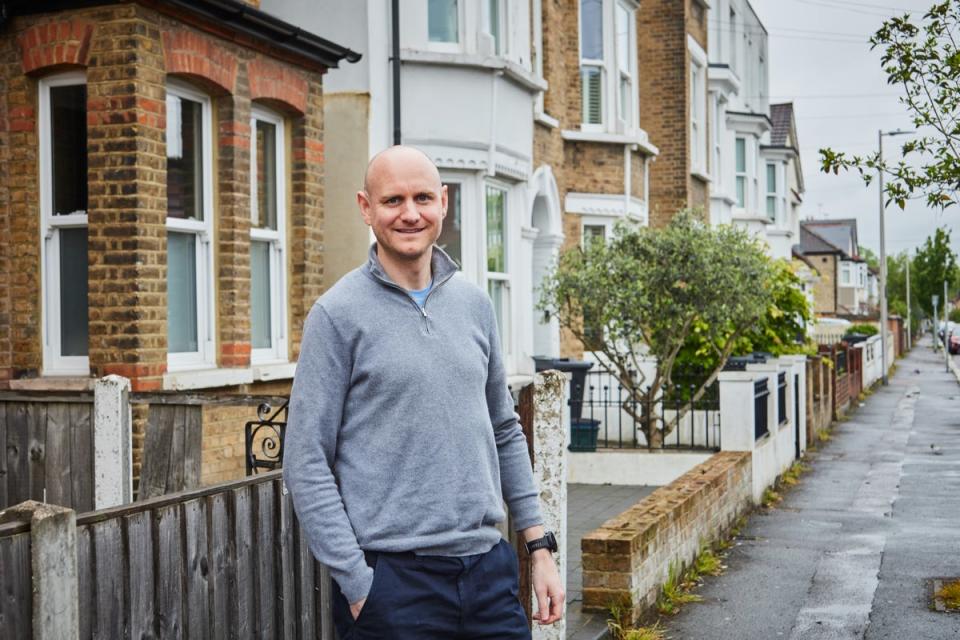
South Woodford is another area that could be described as Midburbia. “We wouldn’t have wanted to move here five years ago but we’ve been aged out of where we lived before,” says market analyst Stephen Chambers, 37.
He bought a three-bedroom house with his wife, Sarah, a doctor, in July 2023 and they have since welcomed a one-month-old baby.
They previously lived in a flat in Mile End and, like the Macrorys, hadn’t visited where they’ve ended up living. “It’s quite different to Mile End, which was very cool with lots of hipsters. There are good cafes and restaurants but there’s not really a going-out culture. In the Mile End bars, we were the oldest people in them. Round here, in the Slug and Lettuce, we’re the youngest.”
South Woodford has become a Mecca for families. “There are buggies everywhere. There are 12 cafes within walking distance of our house, the nicest of which has opened since we’ve been here.”
“There are 12 cafes within walking distance of our house, the nicest of which has opened since we’ve been here.”
Stephen Chambers
The couple were originally looking to buy in Wanstead, a 20-minute walk away, but found it too expensive.
“Wanstead is probably five years ahead of South Woodford. There are more bars, an organic supermarket and nicer restaurants.” The price range for a house in their area is £600,000-£800,000 for a three-bed (compared to about £1 million in Wanstead), and a major attraction for them is the Central line. “South Woodford has a village feel to it but has quick transport links to London. It’s seven stops to Liverpool Street.”
While enjoying easy access to central London, the family also appreciates the community feel. “We know our neighbours and we never knew them before… There’s a market and a Facebook group. It’s really quiet — you don’t get woken up by parties or sirens. It doesn’t have an urban feel. It has its own identity.”
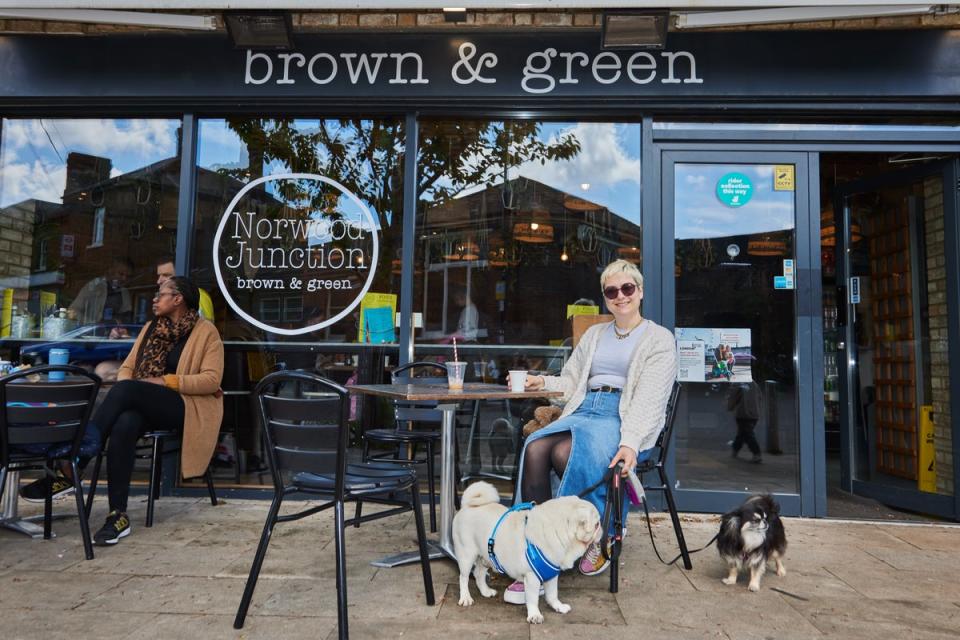
It’s not just young families moving to Midurbia. Content writer Thea de Gallier, 34, bought a one-bed flat in South Norwood. She paid £205,000 in 2021.
While Midburbia can be Zones 2 or 3, she insists, “I’d define Midburbia as Zone 4; you’re in London but not in the main bit. A lot of my friends complain that they want to buy somewhere but can’t afford it, I say, ‘Come here!’ I was in Tooting Broadway before. I chose here because I went on Rightmove, filtered by price and saw where in south-east London I could afford. I’d never before set foot in South Norwood. I liked Tooting Broadway, but I couldn’t afford to buy there.”
“I chose here because I went on Rightmove, filtered by price and saw where in south-east London I could afford.”
Thea de Gallier
Some locals have started up a craft beer cabin in South Norwood and there are a couple of coffee shops so, while it’s not really somewhere for a big night out, “it’s a nice place to go for a quiet drink”. It’s also very easy to get elsewhere; Herne Hill and Brixton are 30 minutes by bus and, on the Overground, you can be in Highbury & Islington in an hour and Shoreditch in 40 minutes. Crystal Palace is a 25-minute walk or 10 minutes by bus.
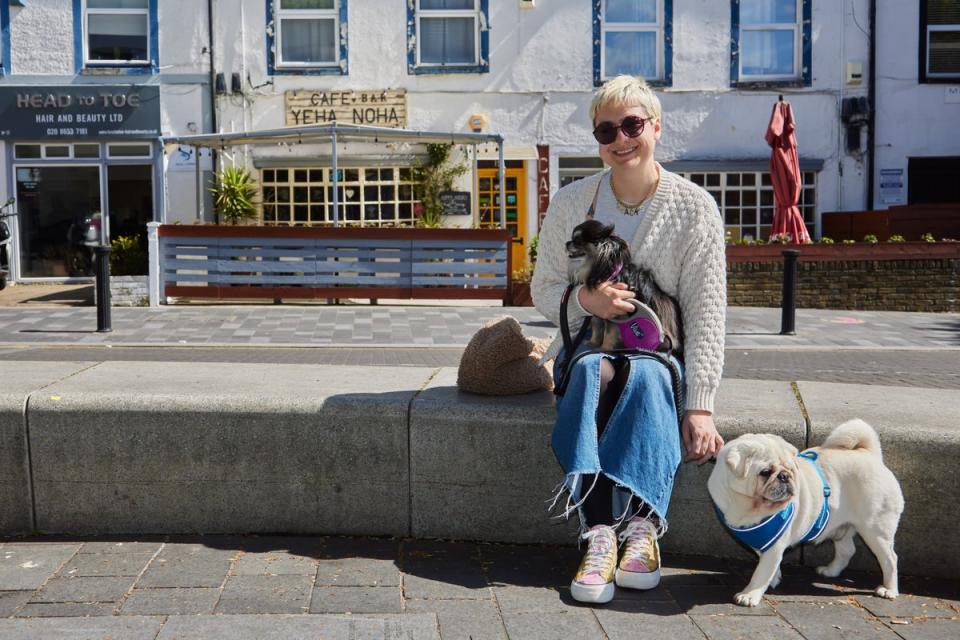
In terms of demographics, De Gallier says South Norwood is very diverse and there are people who grew up here and those, like her, who have moved because it offers good value for money.
“There’s a mix of families, first-time buyers, couples, people who have moved as couples and gone on to have children and also people in social housing… I like that it’s not gentrified and that there are regular people living here. It’s not like Clapham where everyone works in finance.”
“I like that it’s not gentrified and that there are regular people living here. It’s not like Clapham where everyone works in finance.”
Thea de Gallier
This chimes with what local estate agent Tyrone Eneh of KFH says: “We are seeing young professionals and creatives moving into the area. In South Norwood, these buyers are able to purchase significantly more that they would be able to in other London areas.”
With the return to the office well underway and many Londoners valuing easy access to town as well as more square footage and access to green spaces, the growth of Midburbia shows no sign of abating.
As Minhas puts it: “I think the key factor in the growth of Midburbia areas is that they are upcoming and fresh and therefore there is excitement around this.”


